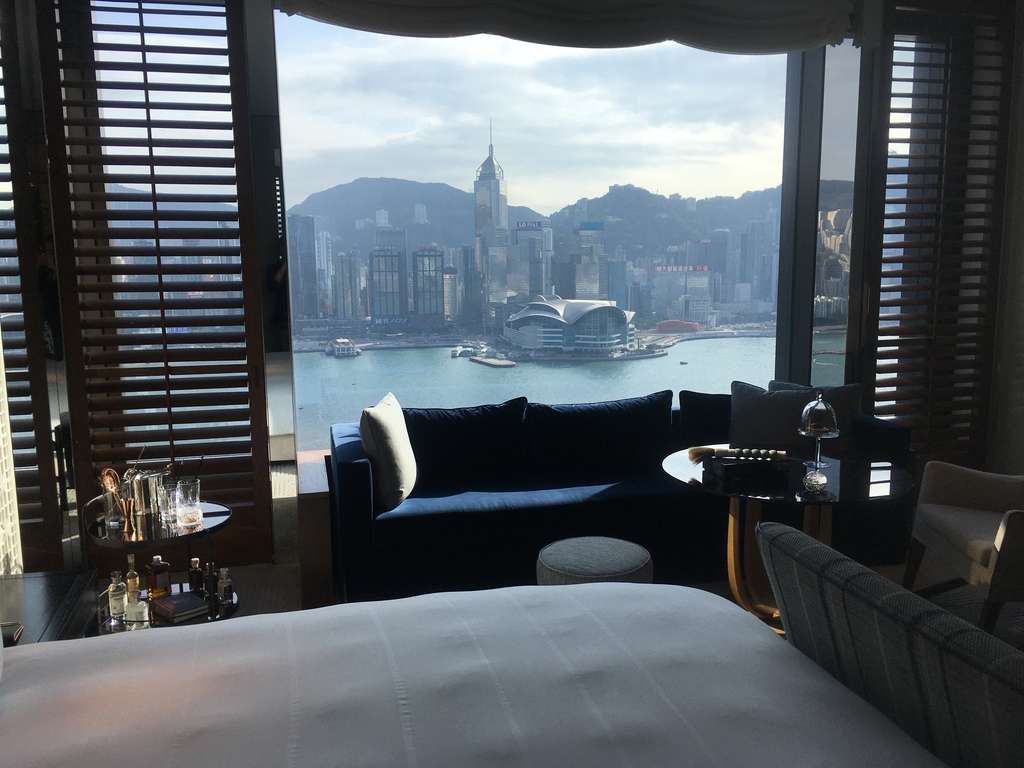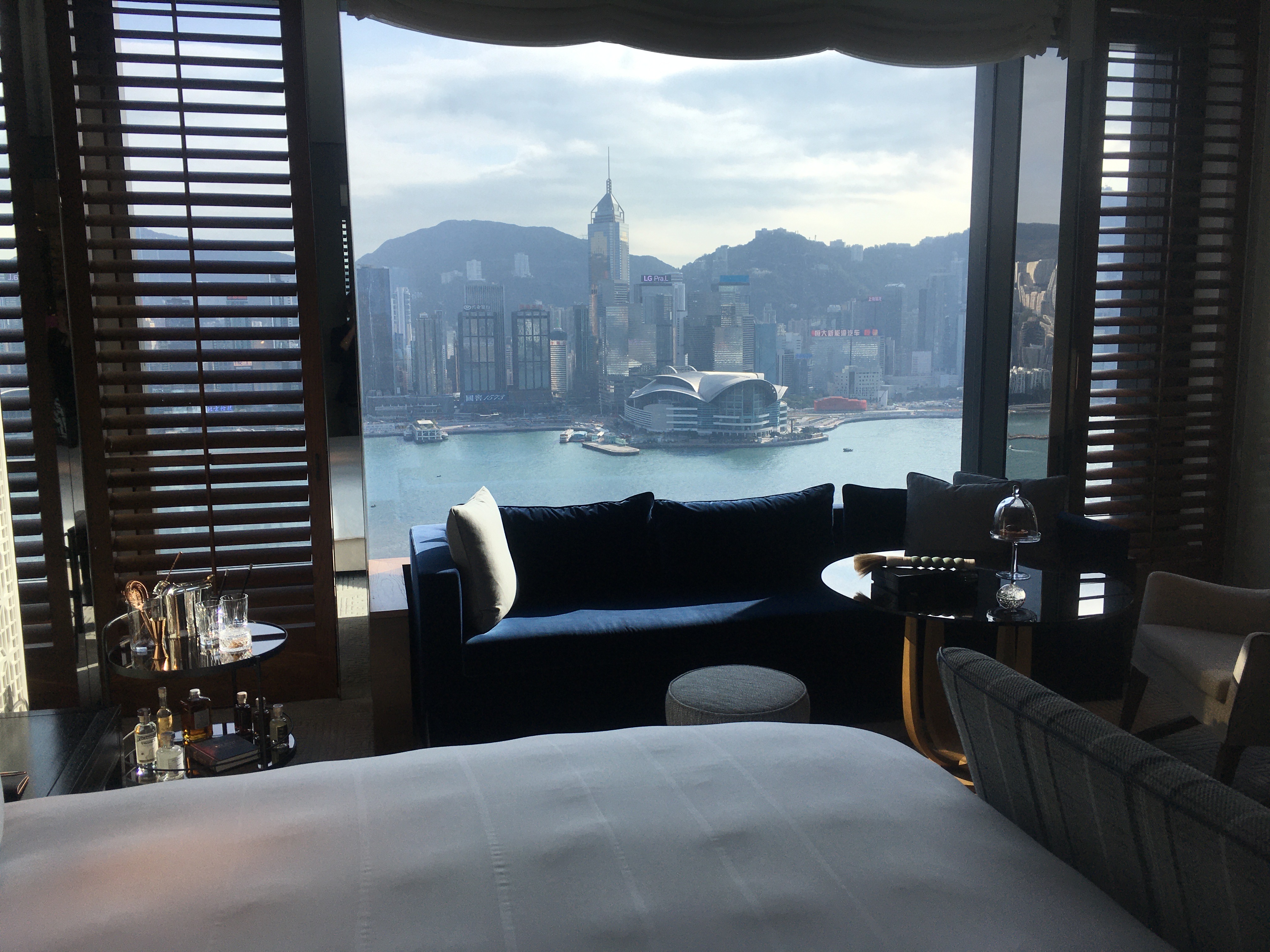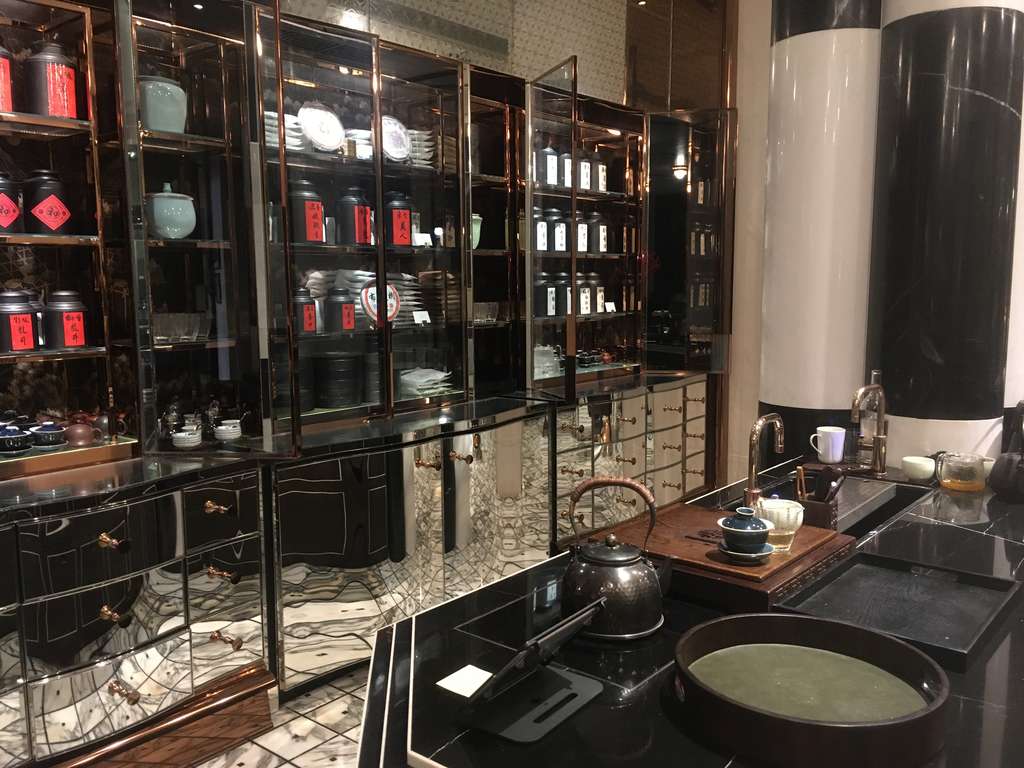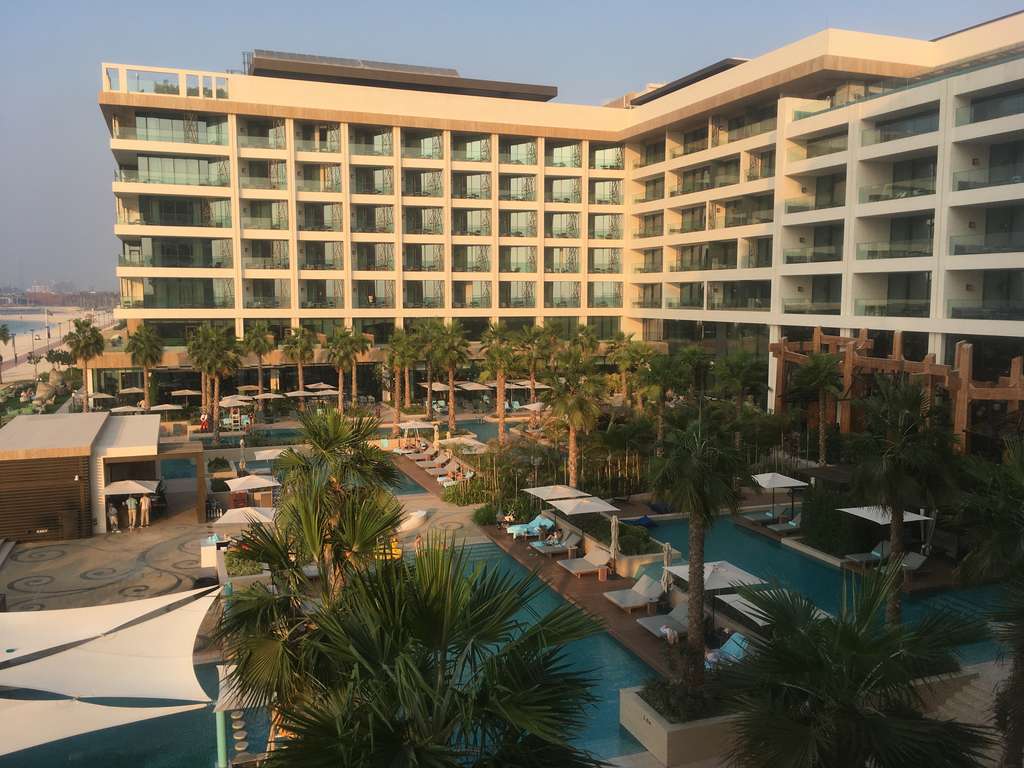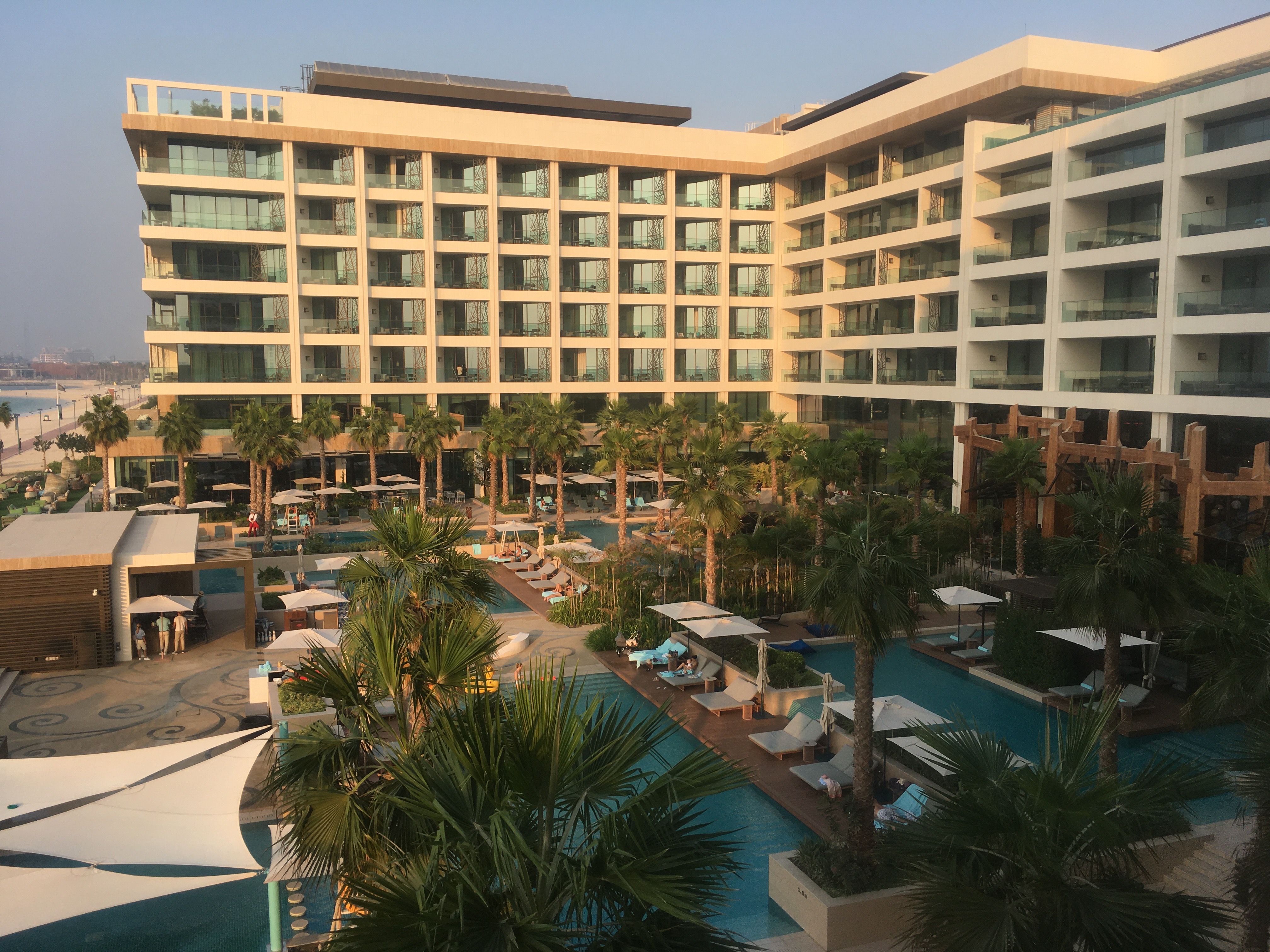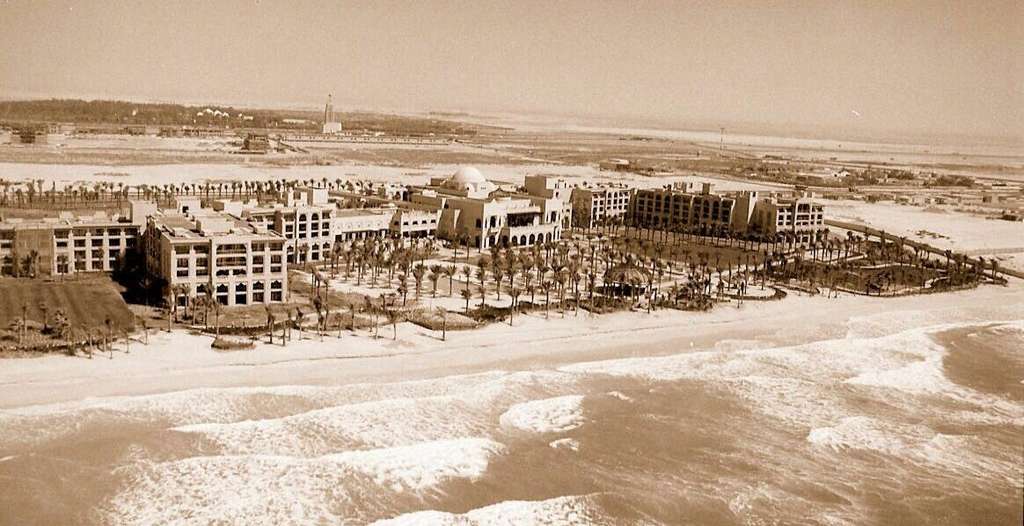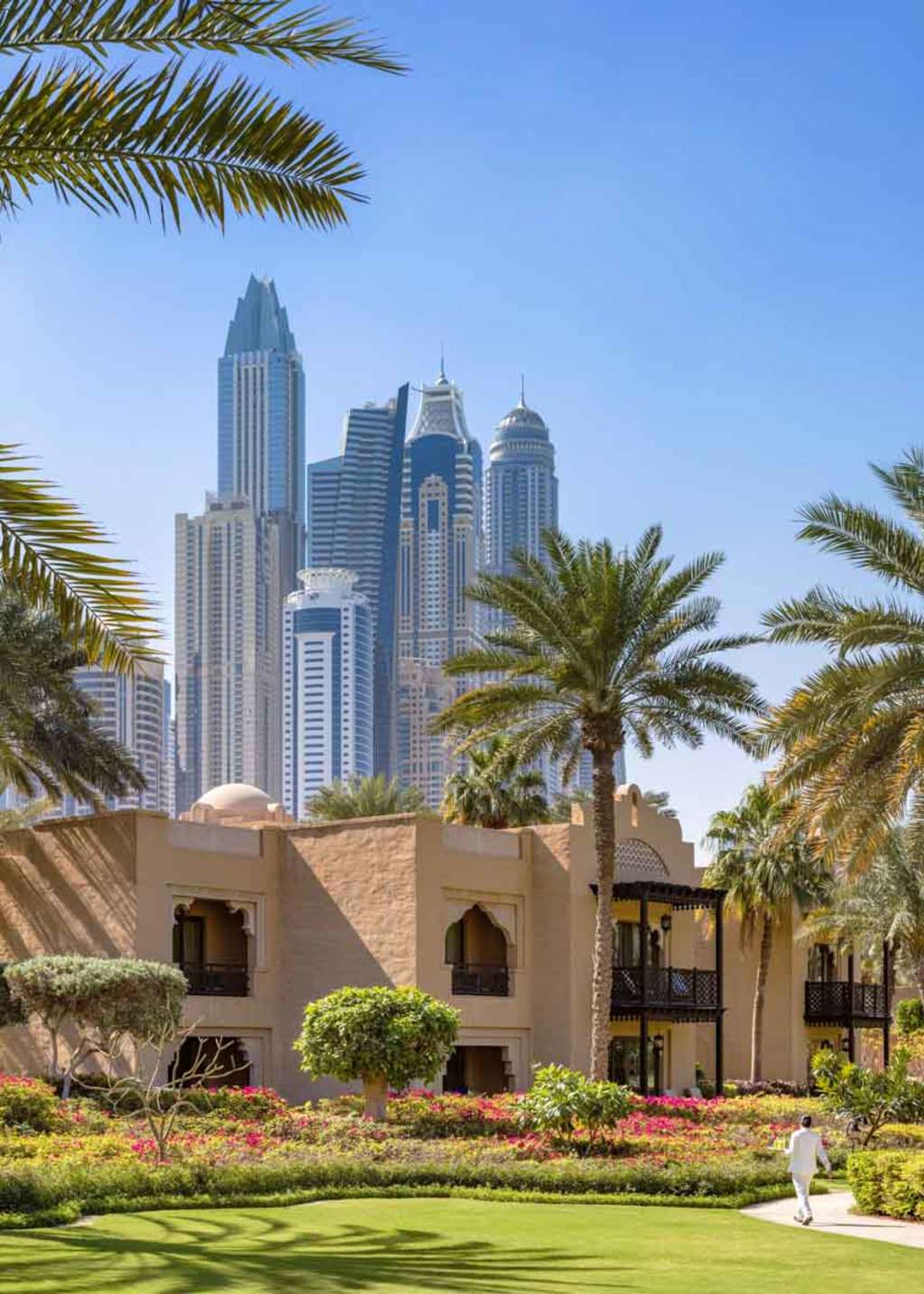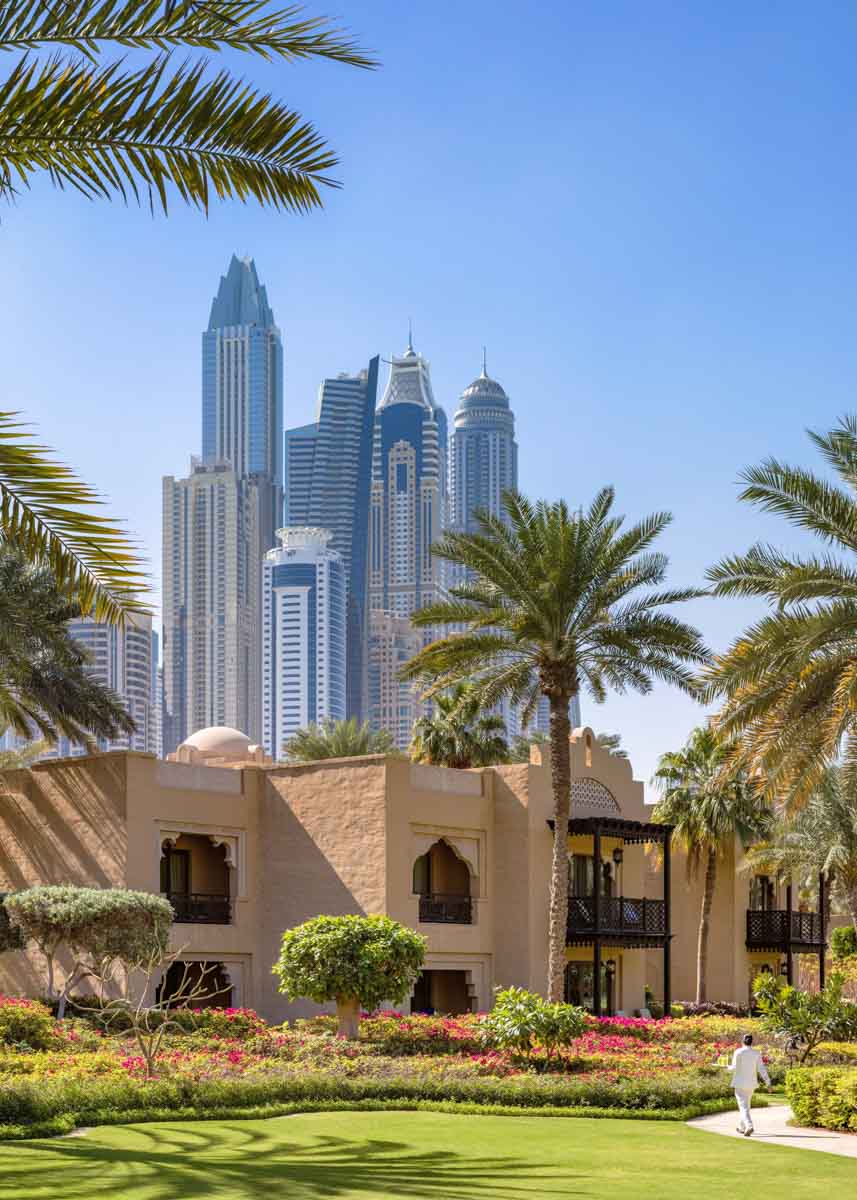Luxury hotels and a ‘sense of place’: The branding imperative
Part 1 in a 3-part series
'Sense of place' has long been a buzz phrase. Linked to a range of disciplines from urban planning to sociology, nowadays it is increasingly being used in the hospitality industry. It captures the physical aspects, culture and history of a place, as well as its impact on the senses, which can trigger emotions. Over time, it can create feelings of familiarity, comfort and security, as well as a sense of belonging: it's a place where one feels, quite literally, 'at home'.
In hospitality, 'sense of place' has obvious relevance. When I asked a well-traveled colleague what 'sense of place' meant to him, he told me it's all about "emotional connection, historical resonance … but also a deeper and more textured story than just the place."
On recent trips to Paris, Hong Kong and Dubai, I explored and reflected on the meaning of 'sense of place' in the context of luxury hotels as a means of differentiation and the opportunity it ultimately presents for building loyalty.
In this first article on the topic, we will look at location and how it contributes to a 'sense of place' through place identity. We will then go on to examine the role of the brand and the challenges for hoteliers in creating a sense of place that resonates with meaning.
Creating a sense of place through location
The choice of location for any hotel is always an important strategic decision. Not just the city, but the area and street. Understanding 'place identity' is therefore paramount. The place - the precise location and address - reflects who you are by association, for example, with the history and heritage of an area, other businesses and surrounding properties, cultural and social aspects, as well as ambience.
Consider the Plaza Athénée, Paris, with its haute couture positioning and association with Dior, located in Avenue de Montaigne, the fashion quartier of Paris, versus the Ritz Paris in the Place Vendôme, the home of many of the high-end jewelry brands; whilst the Le Royal Monceau, Raffles Paris, located at 37 Avenue Hoche in the 8th arrondissement, reflects a more residential and fashionably arty feel, where it has become the 'F&B' for local residents. The hotel's location in itself creates a sense of place.
Sense of place is also provided by the building itself. Existing properties reflect their own history and heritage and therefore contribute to place identity and may also enrich the hotel's own identity.
In a recent report, Fairmont Hotels and Resorts linked sense of place to historic and iconic properties, which "enable guests to psychologically merge with the history of the hotel". History provides a meaningful dimension. It's something guests can emotionally engage with - and feel part of.
The Peninsula leverages this by focusing almost exclusively on the acquisition and renovation of existing buildings rather than building a property from scratch. This gives the hotel a history and heritage, and provides a sense of place in its own right. Take for instance, the Peninsula in Paris, where it occupies a building on Avenue Kléber that started out as a hotel in 1908, was then a military hospital during world war I, an HQ for the German Military High Command during world war II, and finally a conference centre for the Ministry of Foreign Affairs. Or, Yangon, Myanmar (formerly known as Burma), where the hotel group is about to open a property in an 1880s heritage building, which was once the headquarters of the Myanmar Railways Company.
On the other hand, the new Rosewood property in Hong Kong, which opened in April last year with stunning views across to Hong Kong island, builds on the history and heritage of its location rather than a historic building. The land on which the property is located, Victoria Dock in Tsim Sha Tsui in Kowloon, is a legacy of the Cheng Family - Sonia Cheng being the CEO of the Rosewood Hotel Group, the family having acquired the hotel chain in 2011.
The property builds on the site's history and location through its restaurants, bars and dining experience. For example, Holt's Café - a modern version of a Cha Chaan Teng ('tea restaurant'), combining classic Cantonese dishes with international ones - pays tribute to Holt's Wharf that used to be located there. There is also The Legacy House - a Cantonese restaurant focused on Shunde cuisine, reflecting the Cheng family's roots; plus The DarkSide Bar, a reference to the historic nickname given to Kowloon. There is further evidence in some of the design features, artefacts and objet d'art, photos and links to the family's life and passion for horse racing. This helps to provide both history and heritage - in short, the soul of an otherwise brand-new hotel.
Location was a significant factor for Mandarin Oriental Jumeira, Dubai, which opened last year. The resort, which is literally on the beach, wasn't an obvious location for many people, but has been one of the key drivers in its popularity amongst locals.
"It's the heart of Jumeira 1 area," says Richard Johnson, Hotel Manager. "A lot of the locals grew up in this environment. They used to come out here and play on the beach and so forth. This is their neighborhood but they have never seen it from this vantage point before. They go up on the sixth floor and look back on their neighborhood." It's unique in the area, he says, "because there are limitations to building height. So, it's quite interesting for the locals seeing it in this way."
The hotel's design is also in keeping with its location: a low-rise beige, or rather sand-colored building, tucked away among low-rise residences. Johnson adds: "It's a subtle, understated luxury. It has a different design statement, reflective of the area, and is considered a refreshing addition to the hotel scene in Dubai." This is something that the locals notice and has drawn them to the hotel.
Location was also key for the Royal Mirage, Dubai, a One&Only Resort. When it opened in 1999, the area was largely desert, which has since transformed into a metropolis of skyscrapers. The resort is now an oasis located alongside one kilometre of private beach and 65 acres of lush green landscape gardens.
"With One&Only Royal Mirage, we always had a vision that this particular resort would define a magical Arabian fortress, offering travellers around the world the opportunity to experience true Middle Eastern architecture and heritage," says Sunil Iyer, Head of Quality & Training.
The resort is adorned with a series of domes, arches, winding corridors, water features, and sculptures of bronze camels that symbolize a group of Bedouins who have just discovered a mirage while wandering amidst the shifting desert sands of Arabia. It was also the first resort in the Middle East to embrace its surroundings, creating a timeless masterpiece that is different from other hotels in Dubai, and around the world.
The resort, he says, offers an authentic expression of timeless Arabian hospitality, adding: "That was the vision".
When traveling, especially on business, I try to stay in hotels that help me identify with the location. It provides a feeling of having arrived somewhere. It also helps me to tap into the culture of the place. Sounds such as the sea, birds, animal life, as well as church bells, the call to prayer are, for me, identity markers as they help define a place. Then, there are the smells, which evoke emotions and trigger memories. This is the theory behind sensorial marketing. Other identity markers include architectural features and cultural traditions, for instance, signs and symbols, food and rituals. They all convey a sense of place and help you to orientate yourself. Simple things such as toiletries in the bathroom, style of bath robe and breakfast dishes, can also help define where you in relation to 'place'.
On vacation, this is as much part of the holiday and overall experience, but can be just as relevant on business trips in terms of embracing the local culture in preparation for the day ahead.
In our next article in this exploration of luxury hotels and a sense of place, we will examine brand identity in terms of providing identity markers and points of differentiation by leveraging a sense of place, as well as bringing the concept to life through brand experiences.
[The author would like to thank Stuart Pallister for his editorial comments and suggestions.]
References: Personal conversations and interviews with hoteliers in Paris in 2017, and Dubai and Hong Kong in 2019.
